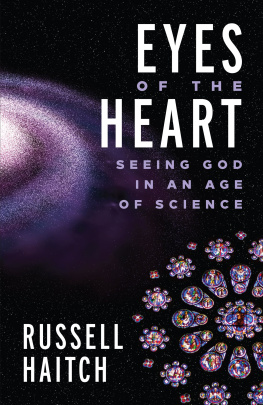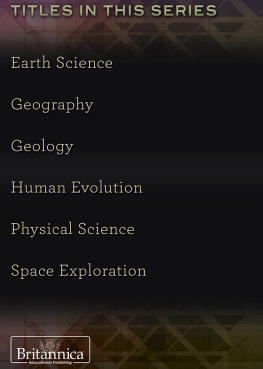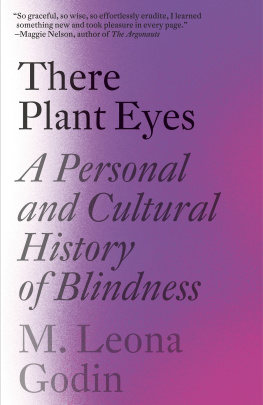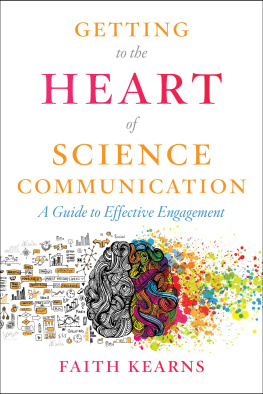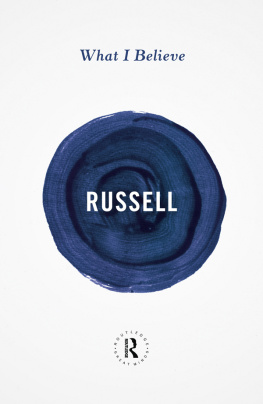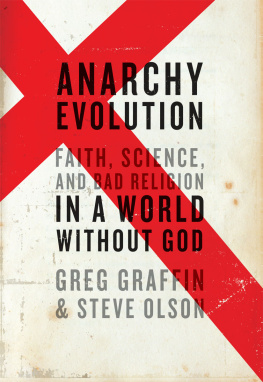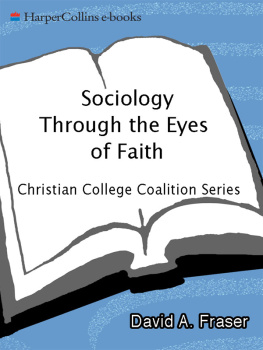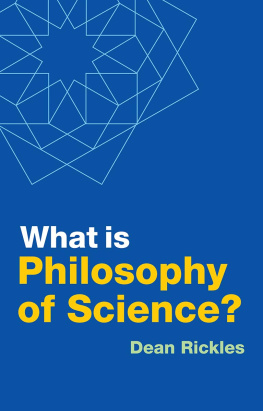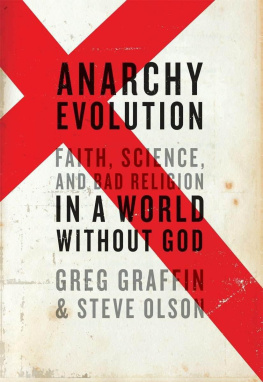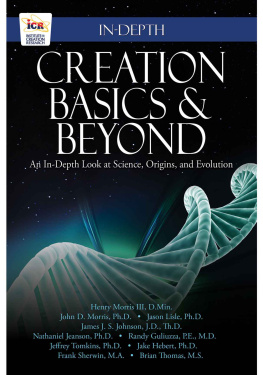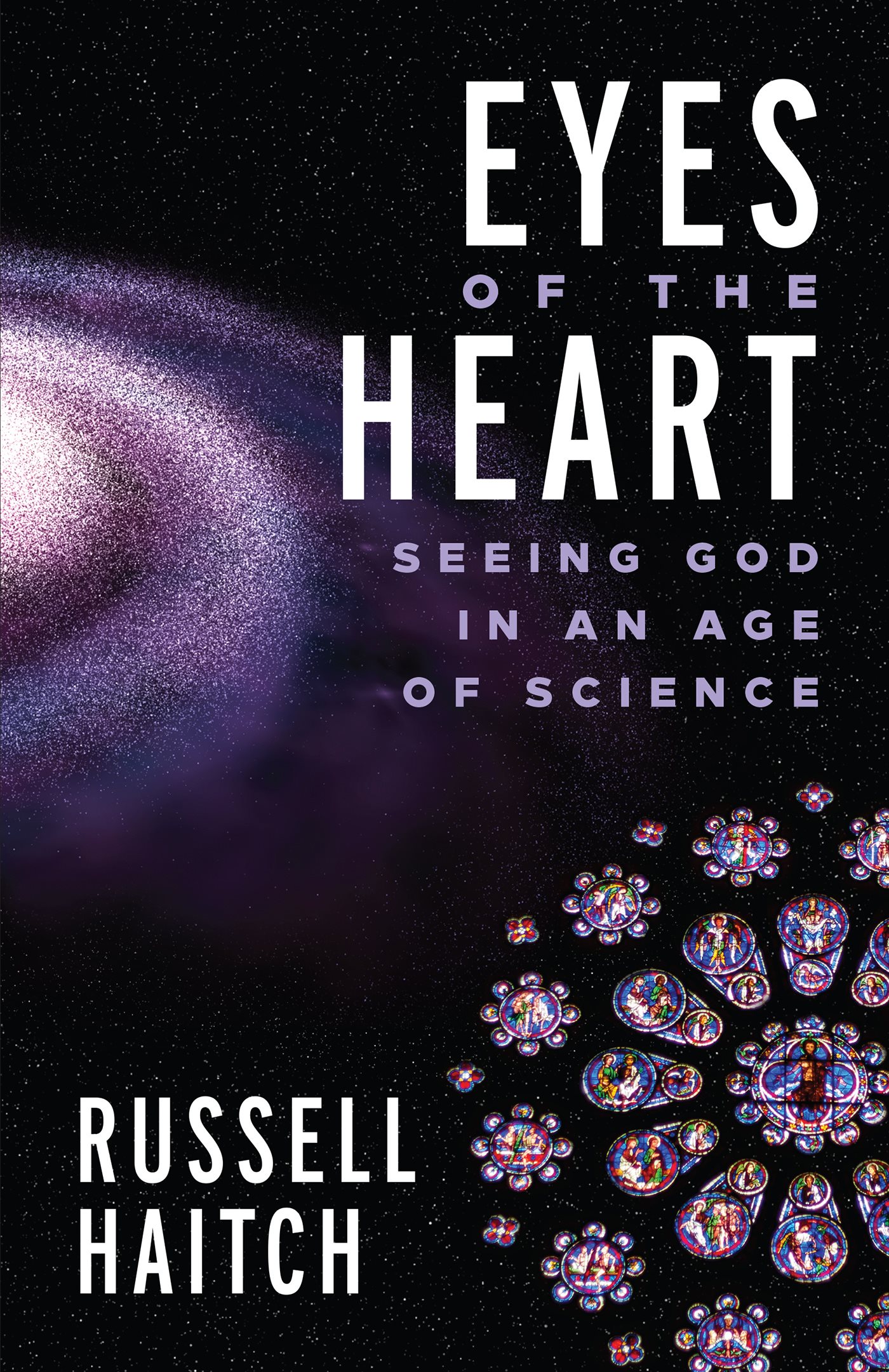
Eyes of the Heart
Eyes of the Heart
Seeing God in an Age of Science
Russell Haitch
Fortress Press
Minneapolis
EYES OF THE HEART
Seeing God in an Age of Science
Copyright 2021 Fortress Press, an imprint of 1517 Media. All rights reserved. Except for brief quotations in critical articles and reviews, no part of this book may be reproduced in any manner without prior written permission from the publisher. Email or write to Permissions, Fortress Press, Box 1209, Minneapolis, MN 55440-1209.
Unless otherwise noted, Scripture quotations are from the New Revised Standard Version Bible 1989 Division of Christian Education of the National Council of the Churches of Christ in the United States of America. Used by permission.
Scripture quotations marked NIV are taken from the Holy Bible, New International Version, NIV. Copyright 1973, 1978, 1984, 2011 by Biblica, Inc. Used by permission of Zondervan. All rights reserved worldwide. www.zondervan.com The NIV and New International Version are trademarks registered in the United States Patent and Trademark Office by Biblica, Inc.
Cover Image: DrRave/istockphoto.com; parys/istockphoto.com
Cover Design: Brad Norr Design
Print ISBN: 978-1-5064-5054-4
Ebook ISBN: 978-1-5064-5055-1
For my parents, whose arguments about God got me thinking
Contents
Just a Glass of Water
Y ou sit down at a restaurant and ask for a glass of water. Your server brings it over and says, Careful. This glass contains water molecules that Jesus and his disciples drank at the Last Supper.
She isnt kidding. Your server is a Christian but also a scientist who knows her facts. And the facts in this case look more interesting than anything on the menu.
Molecules are incredibly small, so a single glass of water contains a staggering number of them. By comparison, if you took all the water in worldall five oceans plus all the lakes, rivers, streams, icecaps, and groundwater on earthand poured it all into separate twelve-ounce containers, you would obviously have a large number of tumblers. But not as large as the number of molecules in just one glass of water.
Over time, molecules disperse, mixing with all the other water out there. And so it comes to pass, after two thousand years of mixing, you can be pretty sure the next water you drink will contain at least a few molecules that Jesus also drank. Why go all the way to Jerusalem to walk in the footsteps of Jesus when you can simply go to the kitchen, turn on the tap, and drink water (at least a few molecules) that once touched his very lips?
After supper has ended, your server takes this idea further. Blood, she points out, is mainly water. Which means that every day, people around the world are drinking molecules that were once the blood of Christnot as a spiritual act but a scientific fact. Two atoms of hydrogen plus one atom of oxygen (H2O) equals one molecule of water, and molecules are small beyond belief.
We can think of blood, water, or anything else in smaller and smaller quantities, smaller even than molecules and atoms, smaller than protons, gluons, or quarks. We are moving in a direction called the Little Infinity.
The Little Infinity, so far as we know, is mostly empty space. The nucleus of an atom vibrating inside its surrounding electrons is like a fly buzzing inside an empty football stadium. Nuclear interactions hold atoms together, but still, a wall of solid granite is mostly empty space, from the atomic point of view. If you walked smack into a stone wall, over and over, eventually your body could pass right through it, just like Jesus in the Gospels passing through walls to the Upper Room after his resurrection. Unlike Jesus, you would need to walk into the same stone wall for billions or trillions of years before all the atoms aligned just right. Or possibly you could get lucky on the first try.
Through the eyes of science, the entire world down to the Little Infinity is an amazing, coruscating wonderland.
Go the other direction, toward the Big Infinity, and the scale is equally wonderful and impossible to fathom. Our pale blue dot of a planet orbits an average star, and how many other stars are out there? Even if we know the answer, we cannot really grasp the magnitude. Pretend a grain of sand along the beach represents one star. In the known universe, there are more stars than all the grains of sand on all the beaches of all the oceans on Earth. That tells us their number but not their size. The sun is large enough to hold 1.3 million Earths, and some stars are eighteen hundred times larger than the sun. That tells us their size but not their speed. Stars are not idly twinkling but rather hurtling through space at speeds up to two million miles an hour, emitting the energy of a hundred billion nuclear bombs every second.
Yet the Big Infinity, so far as we know, is mainly dusty space. Despite their incredible size, stars are just puny specks compared with the dark and empty spaces between them. In our galaxy, the typical distance between any two stars is thirty trillion miles. Our galaxy is relatively crowded. Overall in the known universe, the average distance between two stars is ten thousand trillion miles.
The eternal silence of these infinite spaces terrifies me is how Blaise Pascal once put it.
Pascals reaction is not unusual. Among believers today, 45 percent say they often feel a sense of wonder about the universe. Among atheists, the number is 54 percent. For believers and atheists alike, the universe is a wonderland, and seeing it through the eyes of science increases our sense of awe. Imaginemolecules so small that people every day are drinking the physical substance of Christs blood. A universe so big that the sun becomes a speck and the earth recedes to nothing. And all that empty space between stars or within the atomis it all empty of meaning, too?
Teenage years are typically when we start to ask these sorts of questions in an acute way. Coming to a sense of themselves and the universe, young people are apt to wonder, Where is it all headed? What does it all add up to? What does any of it mean? Christian parents, teachers, and ministers hope their youth will decide that it all points to God. It all coheres around Jesus Christ (Col 1:17), who fills the cosmos with radiant purpose.
Yet this faithful outcome is far from certain. Consider the case of the worlds most famous atheist.
Richard Dawkins and I attended the same boarding school in England, though in different decades. I went back one year to talk to a group of Sixth Form students about the poetry of Robert Frost. He returned to tell a much larger group about evolution and his journey to atheism. Some of what he said can be found in his book The God Delusion. There Dawkins recalls the school chaplain from his time as a young schoolboy. The chaplain, when he himself was a boy, had a mystical experience in nature one afternoon as he lay prone in the grass and suddenly found himself overwhelmed by a heightened awareness of roots and stems, ants and beetles and billions of unseen bacteriahis mind moving in the direction of the Little Infinity. One wonder led to another, and this boy grew up to become an Anglican priest.
Dawkins reports that he, as a young boy living with his British parents in Kenya, also had a quasi-mystical response to nature and the universe when at night he looked up at the stars, dazzled by Orion, Cassiopeia and Ursa Minor, tearful with the unheard music of the Milky Wayhis mind moving in the direction of the Big Infinity. One wonder led to another, and this boy grew up to become the worlds most famous atheist.
Next page
